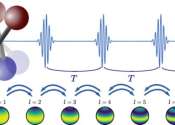Wind of (climate) change: Himalayan glaciers react, blow cold winds down their slopes
Himalayan Glaciers fight back to preserve themselves, but for how long? An international team of researchers, co-led by Professor Francesca Pellicciotti of the Institute of Science and Technology Austria (ISTA), explains ...









